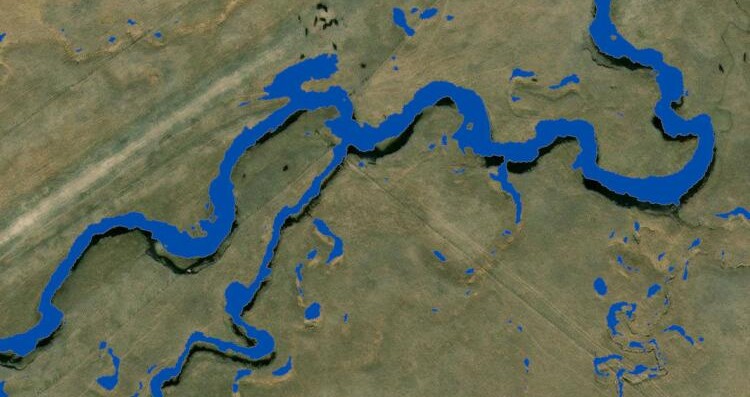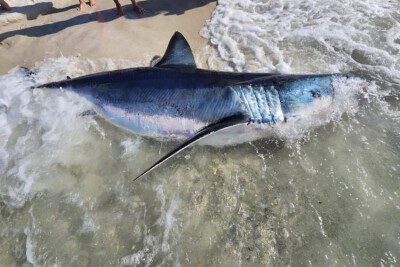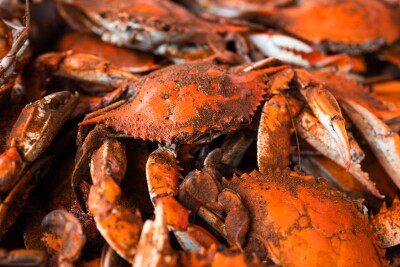Microsoft Corp. has awarded NOAA Fisheries researchers two years of advanced computing power and technical expertise to develop an artificial intelligence (AI) model aimed at improving salmon habitat management in the Columbia River Basin.
The collaboration is part of Microsoft’s “AI for Good” initiative, a program supporting projects that promote sustainability, public health, and human rights in Washington state. The partnership, which coincides with the tech giant’s 50th anniversary, will see NOAA Fisheries tap into $5 million worth of Azure cloud computing credits, helping researchers more accurately and efficiently forecast how changing river flows impact salmon habitats.
“The model trained on high-resolution satellite images should more quickly and easily show salmon and water managers how changes in flows can expand or reduce available salmon habitat along rivers and streams,” said Morgan Bond, a research scientist who leads the project at the Northwest Fisheries Science Center. “This approach should speed that up significantly.”
Until now, gaining such insights required labor-intensive fieldwork and detailed analysis to evaluate even limited areas. With AI processing satellite images across vast regions, scientists expect to cut both time and cost dramatically — while gaining a broader, more detailed view of the watershed.
The AI model will enable real-time analysis of river flow changes and their ecological impact, a key consideration in salmon recovery efforts.
"Microsoft's AI for Good Lab was inspired to join this project because protecting wild salmon runs is vital to the economy and culture of the Pacific Northwest,” said Juan Lavista Ferres, chief data scientist at Microsoft. “By providing technical assistance and Azure computing power, we're excited to help NOAA gain a deeper understanding of real-time waterflows throughout the year and how these varying flows impact salmon science and habitat recovery."
The use of high-powered cloud computing also addresses a major logistical hurdle. Each satellite image used in the analysis spans several gigabytes—previously requiring significant bandwidth and processing power to handle. Cloud-based systems will now allow researchers to bypass these bottlenecks and work at a watershed-wide scale.
“This would put us far ahead of where we are now in terms of seeing how different water flow choices would affect the landscape in very short order,” said Bond.
The new technology allows simultaneous assessment of multiple river systems at a level of detail not previously possible, with direct implications for restoring endangered and threatened salmon populations.
“That is where this really pays off,” Bond added.
One potential application is evaluating the effectiveness of water rights purchases, a common conservation tool used to secure more reliable stream flows. But as Bond noted, it’s been hard to determine how much benefit these flows actually provide to salmon.
“Are these additional flows providing a meaningful benefit for fish?” he said. “We assume that is the case, but don’t really have the tools to quantify it.”
By predicting how added flows change available habitat, the AI model could help managers prioritize investments in salmon recovery more strategically.
“Are these additional flows providing a meaningful benefit for fish?” Bond said. “We assume that is the case, but don’t really have the tools to quantify it.”







